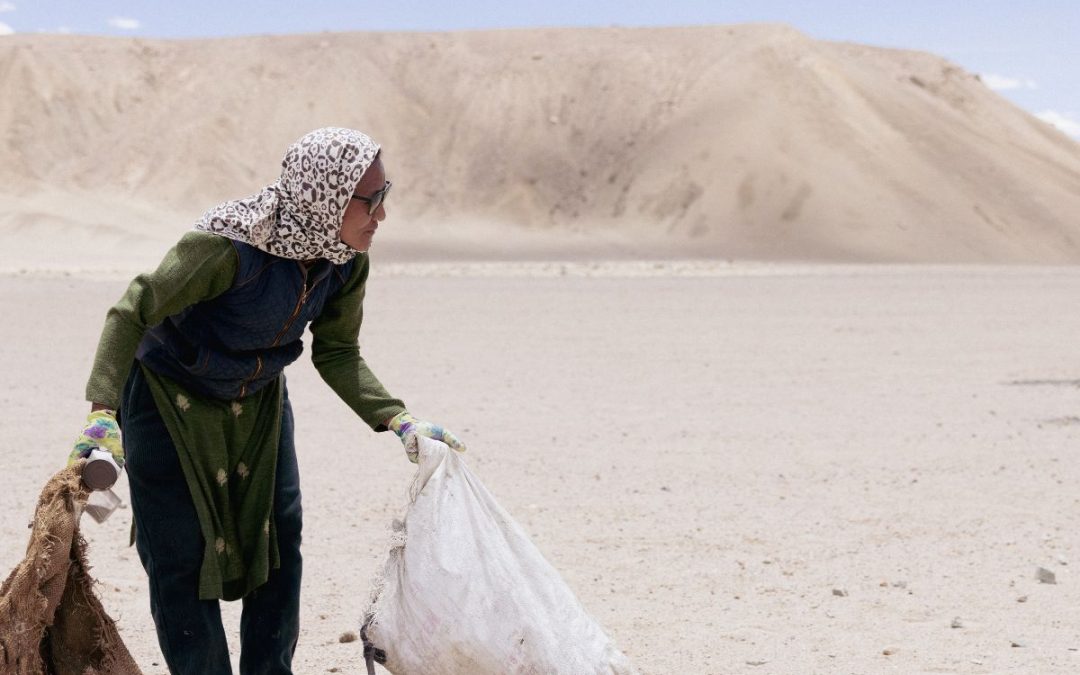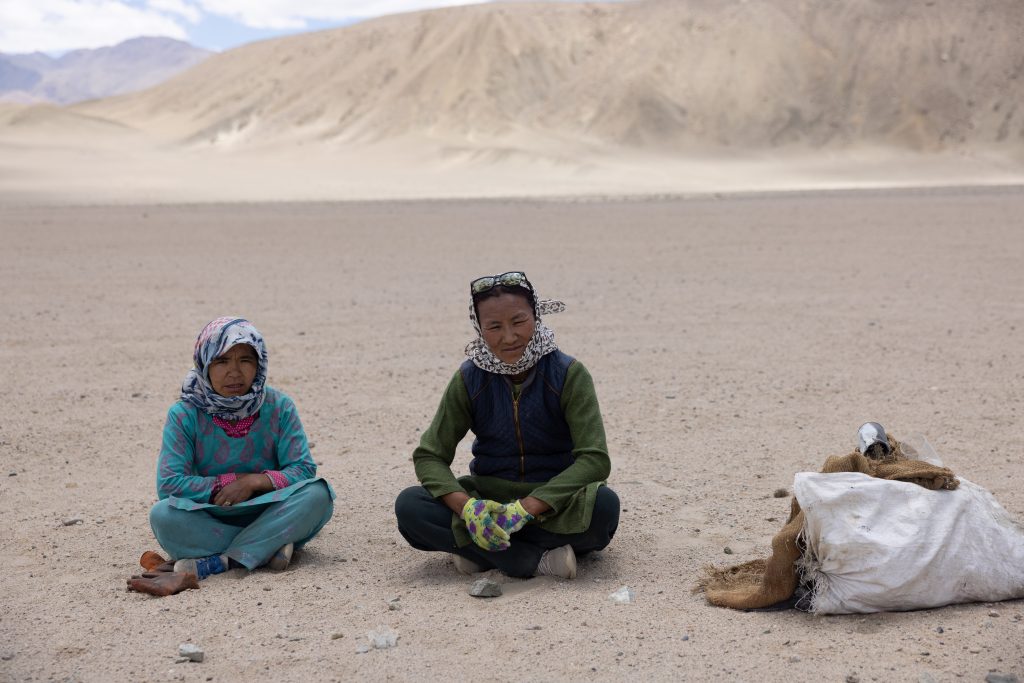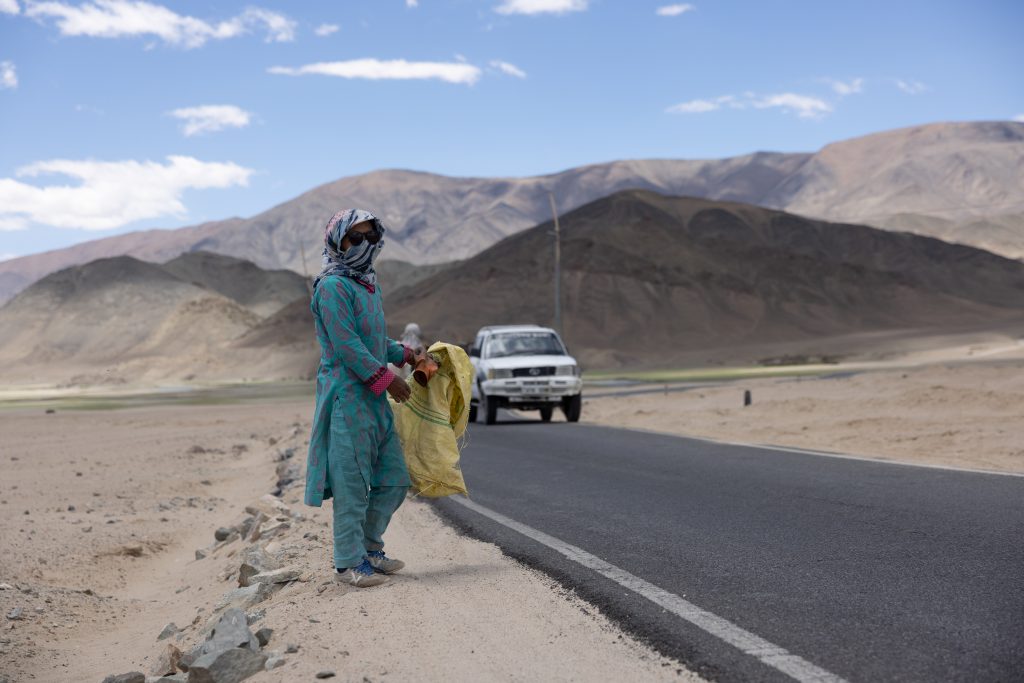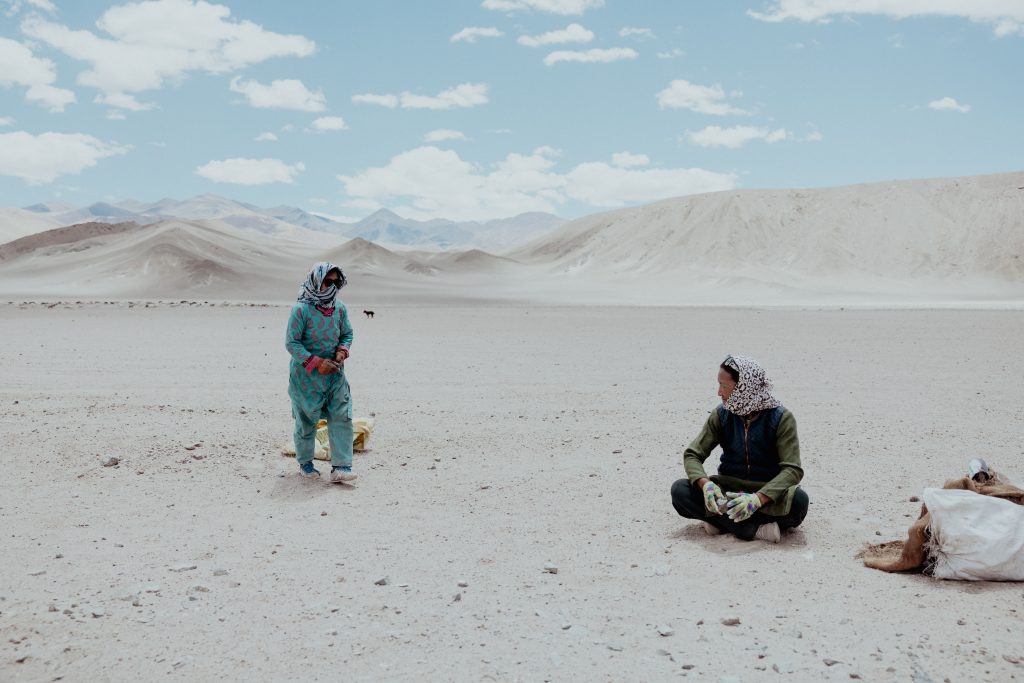
A Historic Connection: Bringing Internet to India’s Highest Astronomical Observatory in Hanle, Ladakh
What does it take to bring the internet to one of the most remote places on Earth? At 4,500 meters above sea level, Hanle in Ladakh is a secluded valley where connectivity has long been a distant dream. Surrounded by mountains and a vast, open sky, this remote area in India is home to the Indian Astronomical Observatory and a small local community. Yet, against all odds and after months of relentless effort, our team at MUFT, in collaboration with the Indian Institute of Astrophysics, has achieved the impossible—delivering internet connectivity to Hanle’s observatory and villages.
Into the Heart of Ladakh’s Wilderness
Our journey began at the base camp in Stok, Leh. After months of strategizing and preparing, we loaded the equipment, ready for the 4,500-meter ascent into Hanle.
Day 1
Fueled by a mix of anticipation and nerves, the team spent the first day in final preparations, strategizing every detail of the route ahead.
Day 2
The trek began in earnest. The drive through Ladakh’s vast, rugged landscape was awe-inspiring, with snow-capped peaks and miles of stark wilderness as far as the eye could see. This was no easy terrain, but the thrill of the mission and the collective determination kept us moving forward.
Our first attempt to establish a connection from the base station fell short. But in Hanle, failure wasn’t an option. We regrouped, recalibrated, and forged ahead.
Tackling Hanle’s Unique Challenges
The challenges in Hanle extend well beyond the road’s ruggedness. Without a stable electric grid, power shortages are common here. We relied on solar power, but even that isn’t dependable half the time, so we supplemented with diesel generators—a delicate balance, especially at these altitudes and temperatures.
Day 3
This was the breakthrough we had been waiting for. After extensive testing and troubleshooting, our link finally went live. We celebrated this milestone quietly but intensely—it was a collective victory. The observatory base camp was now connected for the first time.
Our next step took us to the defense personnel quarters. In collaboration with the army, we established internet connectivity for the signals division, enabling them to test the connection’s stability and speed.
Finally, we reached out to local families in the area, connecting a few homes with broadband access. It was a historic first for Hanle, bringing the promise of connection and opportunity to its residents.
Day 4
Temperatures plunged below freezing, yet the warmth of success radiated among the team. With the unwavering support from the Indian Institute of Astrophysics, we began establishing connectivity around the observatory itself. Standing alongside these dedicated scientists was a privilege—they, too, are accustomed to working in extreme environments from Hanle to Antarctica, all in the pursuit of discovery.
A Historic First for Hanle

As we completed our work, the realization set in—Hanle was no longer isolated. The observatory and surrounding communities were connected to the world, a groundbreaking shift for this remote area. For MUFT, this project was more than just another milestone; it was a triumph over one of the most challenging terrains, and a promise fulfilled to a community that had waited for years.
In the coming months, our services will become commercially available to all of Hanle, transforming how its people connect and communicate with the rest of the world. Here, the stars will always shine brightly, but now, they’ll be joined by a new kind of light—a light of opportunity, learning, and connection.




